 Talvez o maior elogio que se possa fazer a João Luís Carrilho da Graça seja reconhecer nos seus mais recentes projectos uma recusa em se sujeitar a um espartilho de estilo ou linguagem. No novo edifício da Escola Superior de Música de Lisboa encontramos um extraordinário entusiasmo pela arquitectura, uma expressividade coerente de raiz mais programática que formal, um carisma mediterrânico traduzido na ascensão hierárquica do espaço comunitário, no sentido de convergência do lugar, dos pátios, da luz, da privacidade. Se Carrilho da Graça mantém a firmeza elegante do traço, a doutrina que a motiva é agora muito mais implícita do que explícita e as formas que dela nascem tornaram-se mais livres e exploratórias. Também no recente Théâtre & Auditorium de Poitiers Carrilho da Graça assume a clareza da textura dos materiais e a presença saturada da cor para desenvolver uma obra coesa - da dimensão urbana à escala arquitectónica, para se prolongar no detalhado design do interior, na plasticidade expressiva da sinalética e na exposição sem pudor da infra-estrutura.
Talvez o maior elogio que se possa fazer a João Luís Carrilho da Graça seja reconhecer nos seus mais recentes projectos uma recusa em se sujeitar a um espartilho de estilo ou linguagem. No novo edifício da Escola Superior de Música de Lisboa encontramos um extraordinário entusiasmo pela arquitectura, uma expressividade coerente de raiz mais programática que formal, um carisma mediterrânico traduzido na ascensão hierárquica do espaço comunitário, no sentido de convergência do lugar, dos pátios, da luz, da privacidade. Se Carrilho da Graça mantém a firmeza elegante do traço, a doutrina que a motiva é agora muito mais implícita do que explícita e as formas que dela nascem tornaram-se mais livres e exploratórias. Também no recente Théâtre & Auditorium de Poitiers Carrilho da Graça assume a clareza da textura dos materiais e a presença saturada da cor para desenvolver uma obra coesa - da dimensão urbana à escala arquitectónica, para se prolongar no detalhado design do interior, na plasticidade expressiva da sinalética e na exposição sem pudor da infra-estrutura.Não será a investigação conceptual do grande palco de Poitiers a razão para a presente atribuição do Prémio Pessoa. Estará certamente na base dessa distinção um sentido mais magnânime de encanto pela solenidade da obra de Carrilho, cujo exemplo maior será o Pavilhão do Conhecimento dos Mares e que hoje se apura no seu regresso ao Alentejo, materializado na nova Igreja de Portalegre. Mas um mestre não é apenas um autor com longa prática e estilo coerente. Um mestre é alguém que se desafia a cada obra e nos ensina a descobrir a dimensão transcendente da arquitectura que transforma o inerte em forma de arte. A obra recente de Carrilho da Graça revela isso mesmo, resistindo ao fluxo transitório da imagem para construir lugares com memória e sentido humano. Eis, por tudo isso, um justo reconhecimento.
Prémio Pessoa is one of the most prestigious awards delivered in Portugal, being attributed yearly to a “Portuguese personality that has distinguished him or herself in the artistic, literary or scientific fields”. This year, the jury has honored the architect João Luís Carrilho da Graça for his work of great clarity and coherence and his contributions to the formation of young architects. This prize is named after the famous Portuguese poet Fernando Pessoa.

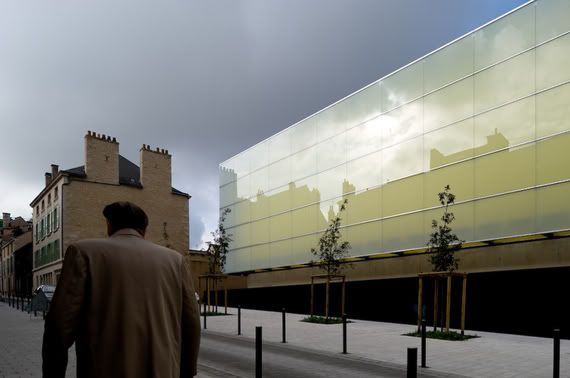
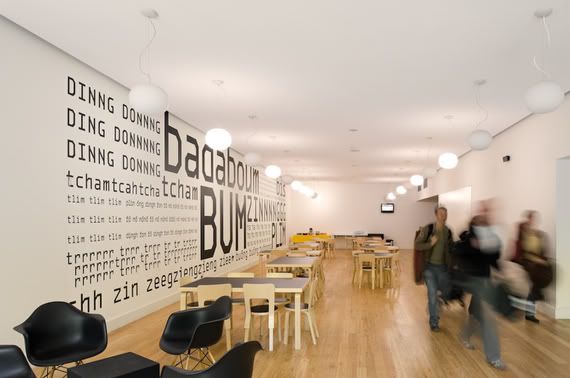
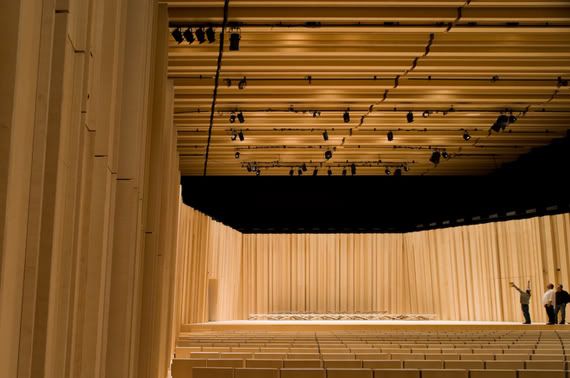
João Luís Carrilho da Graça: Théâtre & Auditorium de Poitiers. Image credits: Fernando Guerra.


João Luís Carrilho da Graça: Museu do Oriente. Image credits: Fernando Guerra.
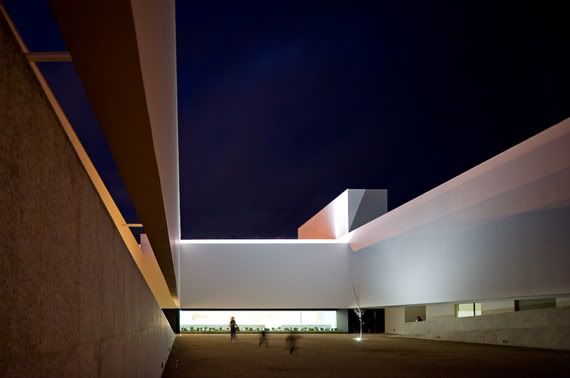

João Luís Carrilho da Graça: Igreja de Portalegre. Image credits: Fernando Guerra.
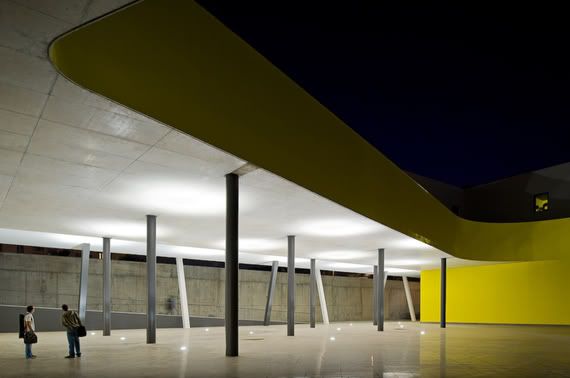

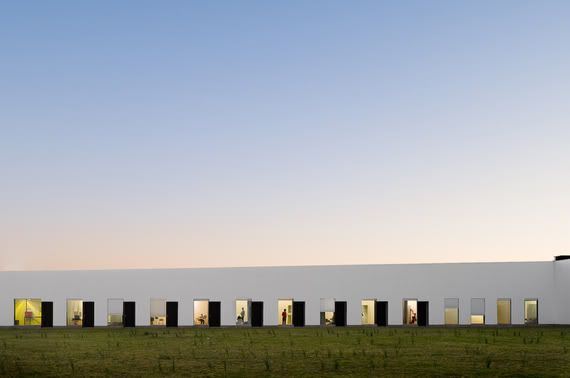
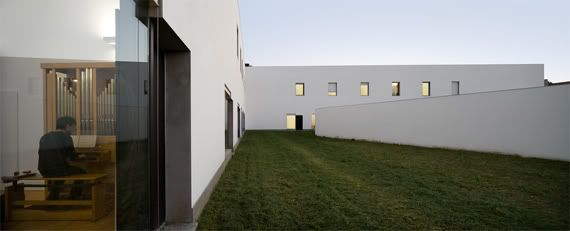
João Luís Carrilho da Graça: Escola Superior de Música de Lisboa. Image credits: Fernando Guerra.
![[a barriga de um arquitecto]](https://blogger.googleusercontent.com/img/b/R29vZ2xl/AVvXsEh4jxSFgS7aN5np9gNAv5D6FLs8GihH_1lu1XrTdi7CmZ6DwtdH1DQ7u6RQnN6SosH_HFrY3YQzoLlvzBeEK-cxh0dveIqPEsEC661K_iPUh0NifbNNN-mRoy6nVc0ycEi972Llyg/s1600/bA_LOGO_MOCHA_2016_650.jpg)




 Há cerca de um ano Pedro Gadanho motivou alguma turbulência, também entre os blogues, ao questionar
Há cerca de um ano Pedro Gadanho motivou alguma turbulência, também entre os blogues, ao questionar 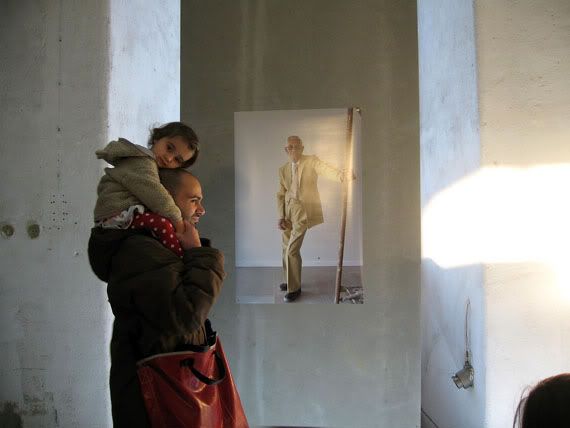
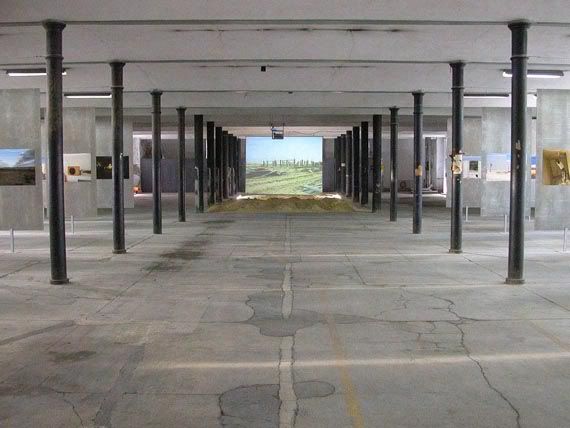

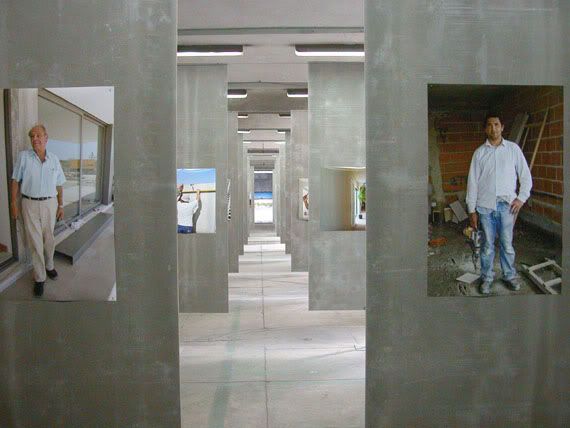
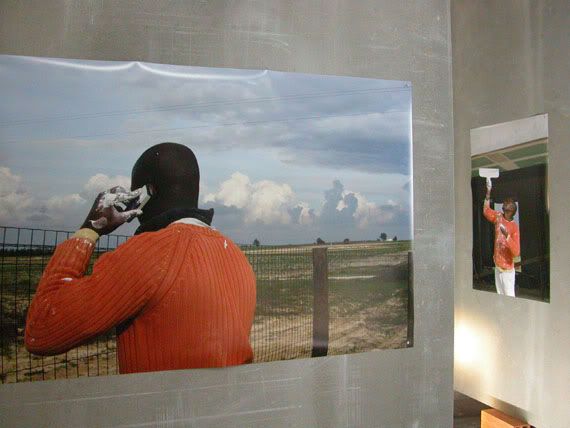


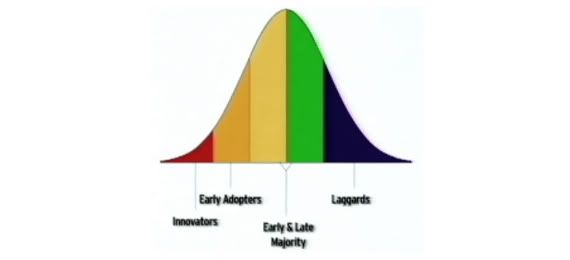








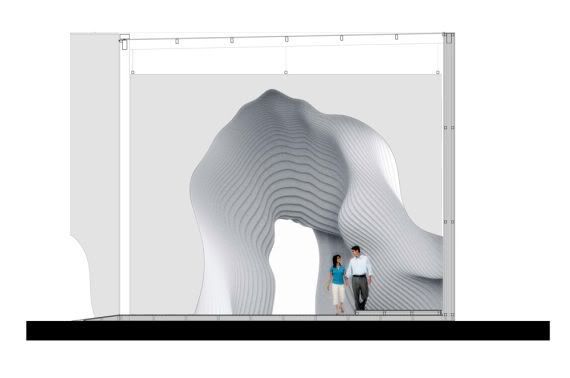



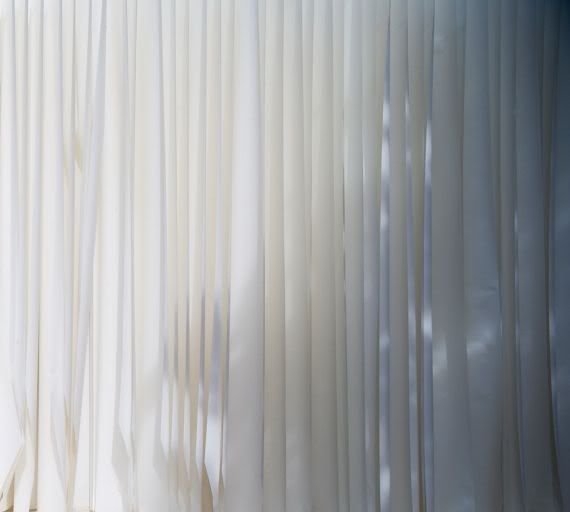
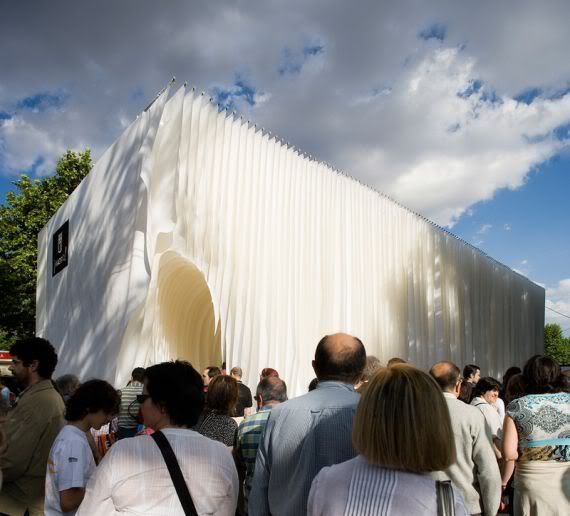
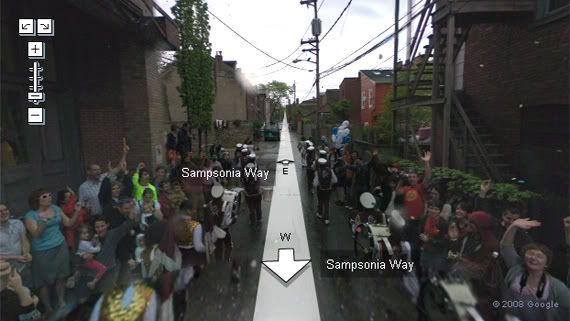
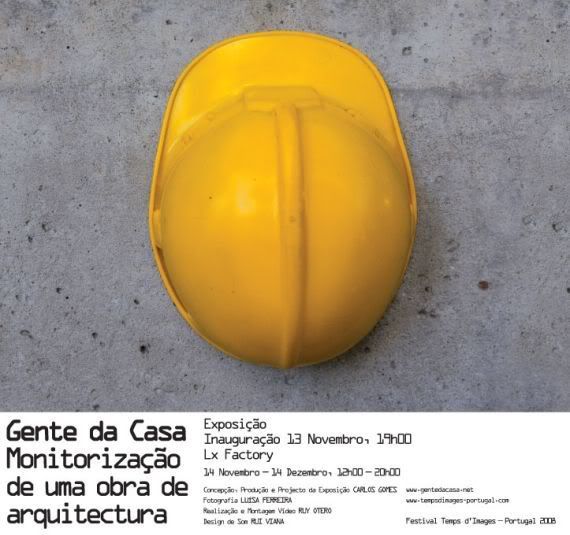

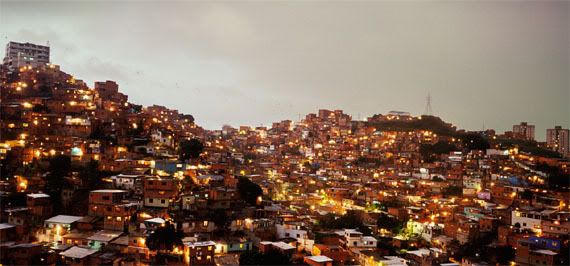




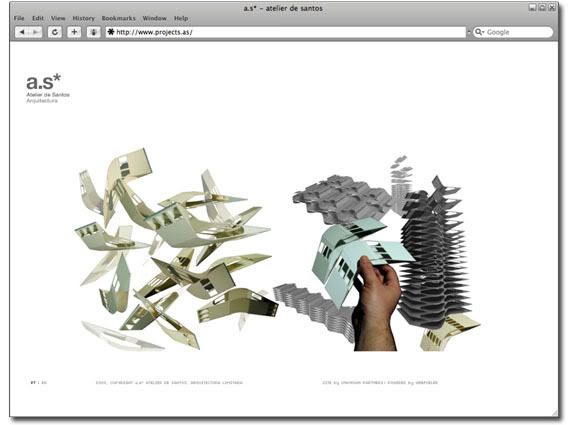


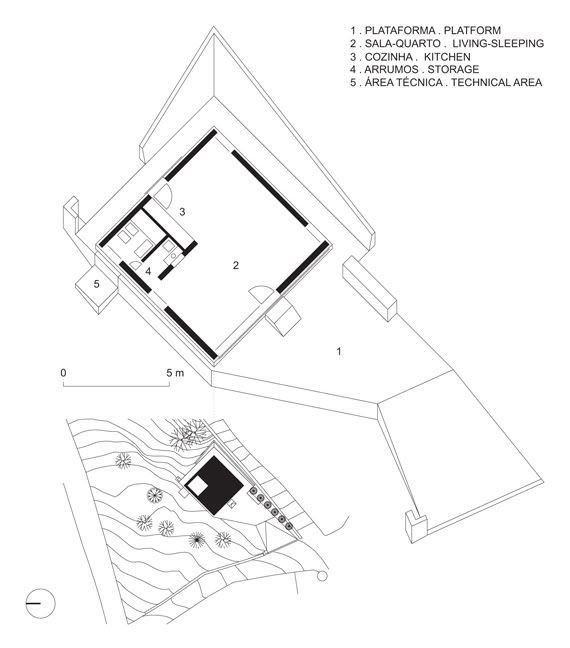
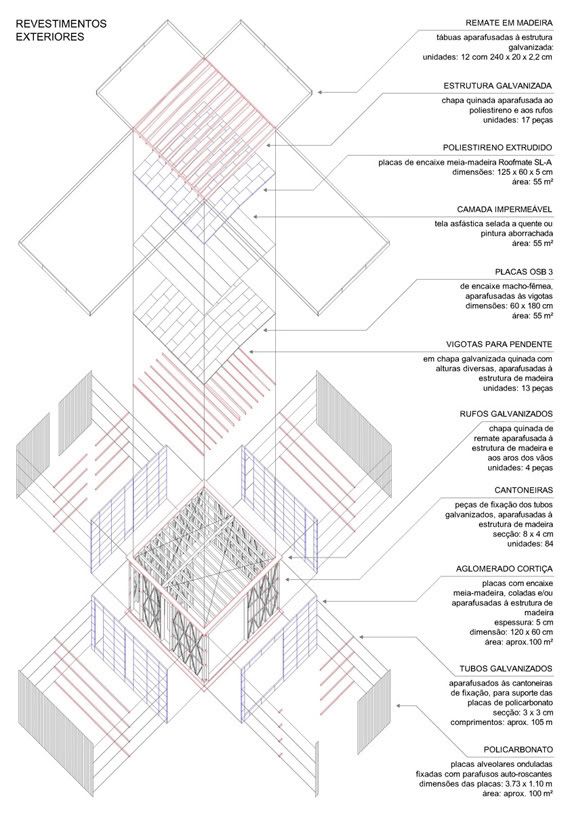

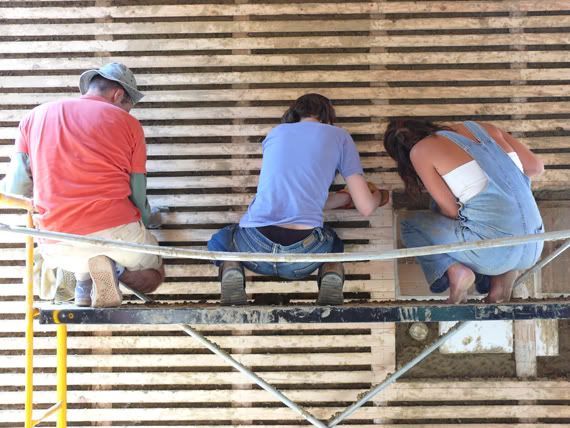



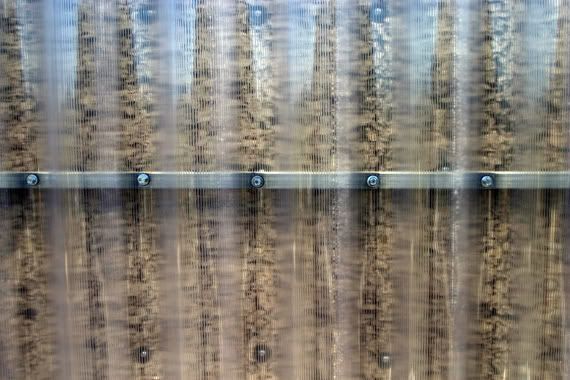
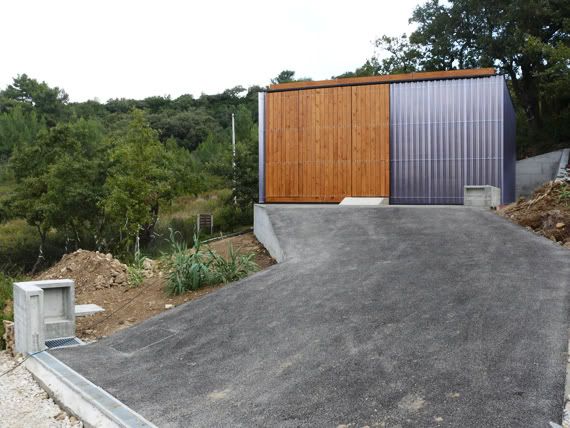
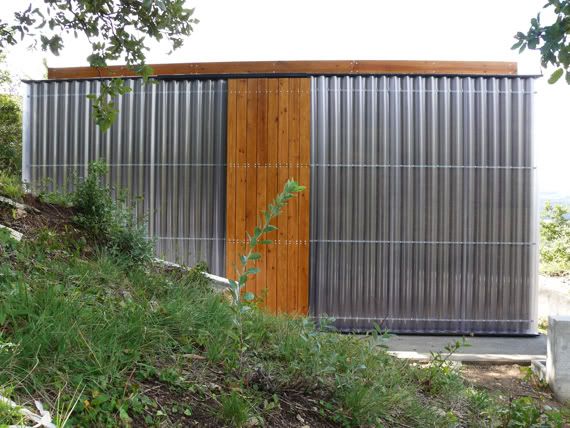
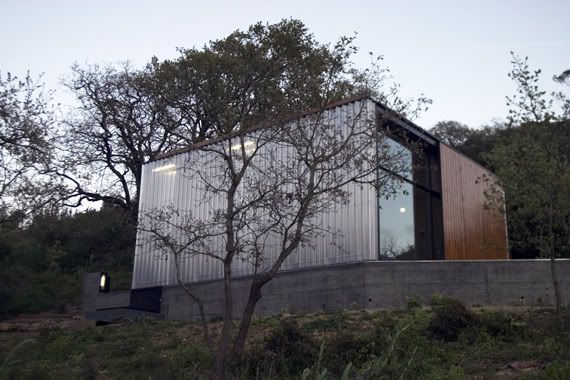
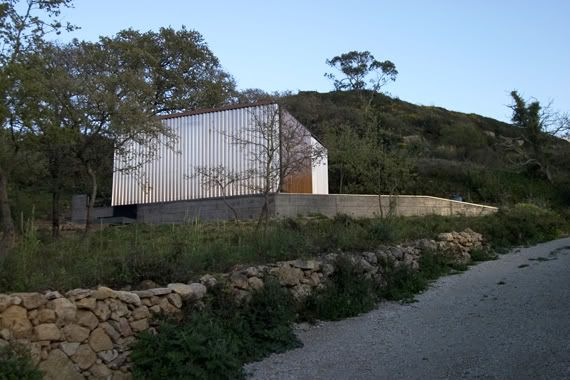
So I’m wondering if this isn’t a bit of a contradiction. Because these folks at the beginning of the graphic aren’t necessarily the ones that care about pink cows. Now everyone stops to stare at a pink cow now and then. But after a while it becomes just a gimmick. The novelty device becomes as boring as everything else in the stream of things. Do you still care about “the tallest building in the world”? Fancy for a “rotating tower”? The thing isn’t built yet and I’m already yawning.
So if you want to target these guys maybe you have to show them more than a pink cow. In fact, you don’t need a pink cow. You need to explain the cow, contextualize it, and make them think “hey, I didn’t now cows did that”. That’s were blogs come in. Because an interesting blogger is someone who provides perspective and context. The path to success is specificity and depth, and that’s what this specific group of obsessed people is looking for. It may take some time, but if you’re good at it, they will come to see what you’re up to.
Now I’ve been blogging for a few years and I’ve learned some tricks in the process. Let’s say I publish a brand new set of images of the latest building by a famous architect. It’s a safe bet and I could name a few blogs that I’m sure are going to link to it. And I’ll get a few extra hundred readers from it.
But say I publish a completely unusual outstanding piece of work by an architect that you’ve probably never heard of. I’m sure I won’t get one link from the guys that play it safe. But the guys that are thinking outside the box will become engaged, comment, link and share. In the process, you’ll find yourself becoming more established on the web.
In a way, visibility on the web is a bit like a stock market and the currency is credibility. It’s not something you build in a day, but it can be done and it’s open to everybody with a brain attached.
That’s where I don’t get some bloggers who say out loud they don’t care about how many visitors they get. It’s a respectable attitude when you’re focused on maintaining a specific style and quality of blogging independently of its popularity. But when you have no quality and no visibility, of course you don’t brag about visitors.
Maintaining quality while being specific is exactly what makes blogs successful. One fast look at some of the most popular architecture blogs around shows just that. And being popular, or as Seth Goodin says, remarkable, is important because it will measure your ability to expand into the web, through individual visitors, linking blogs and feed readers.
The greatest thing about blogs is that they attract a specific kind of reader. You may find yourself unable to reach out to the big majority, but you’ll see that it’s possible to create your niche of interest, attracting people that care about the things you’re passionate about just as much as you.
So let’s take a good look at that cow, shall we?